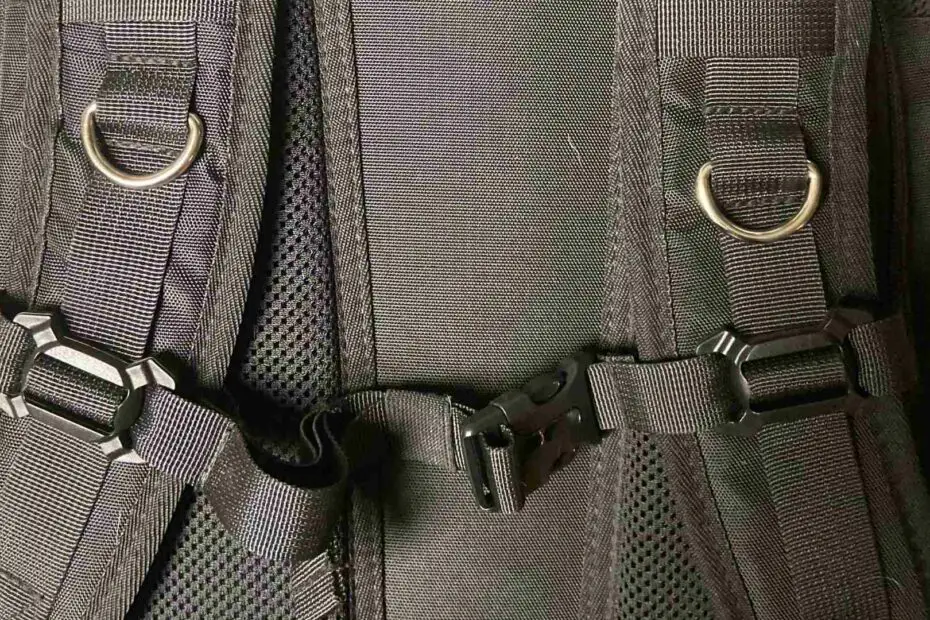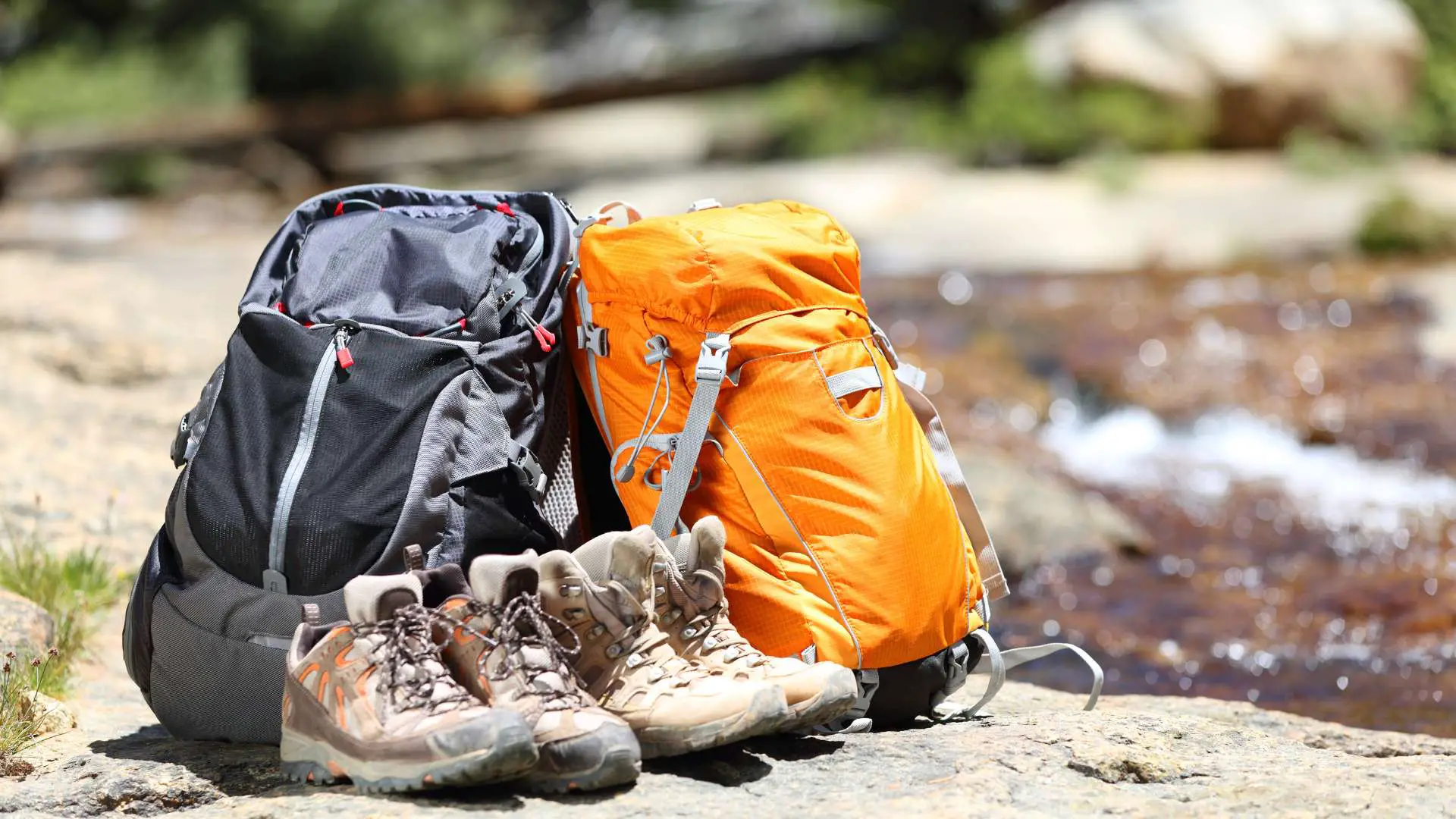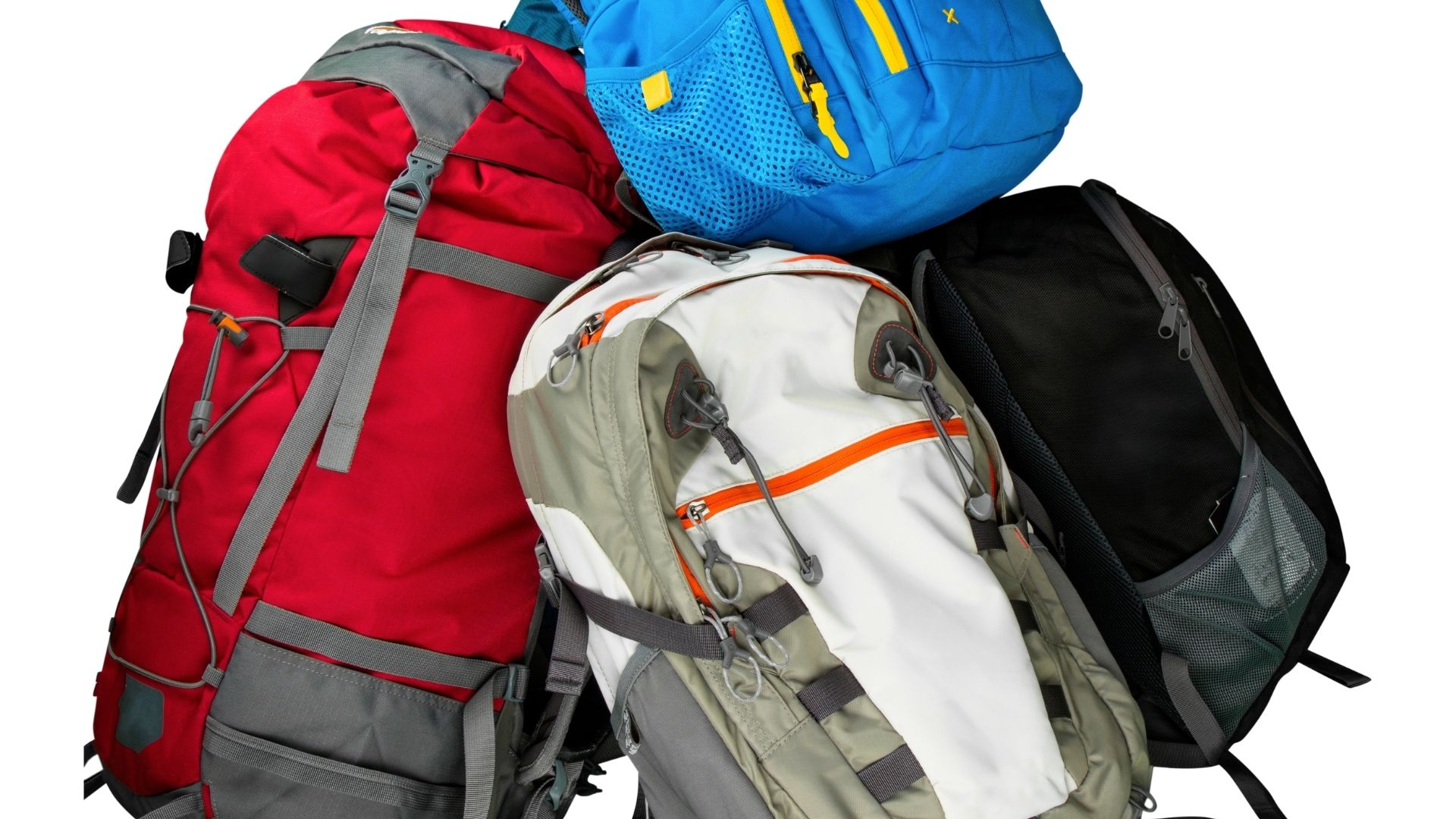Does your backpack have small rings shaped like the “Capital Letter D”? D Loops are commonly found on outdoor camping, climbing, and hiking packs, but when are they actually useful? Why do some backpacks have D Rings?
D Rings are used as tie off points to attach gear on the outside of your backpack. You can clip carabiners, use them as tie offs, secure gear, attach bungee cords, etc. to the outside of your backpack. The position of the D Ring will give you a better ide of its primary purpose.
Why Do Some Backpacks Have D-Rings?
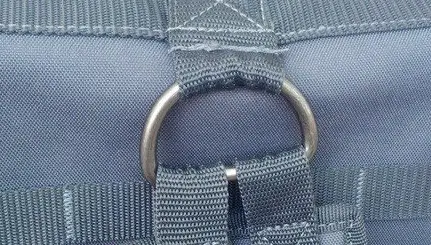
D Rings look like a plastic or metal buckle that’s shaped like a capital “D”. Heavy duty metal D Rings can be used to carry a small load, but most backpacks use cheap plastic D rings. The cheaper version should only be used as a tie off for attaching lightweight accessories on the outside of your pack.
Most of the D Rings you find are a solid piece of metal or plastic, but some designs use a locking mechanism that can open and close or sit on a rotating hinge. Split/Open and rotating rings can’t carry a heavy load so they shouldn’t only be used as light duty tie downs.
Different Types Of D Rings
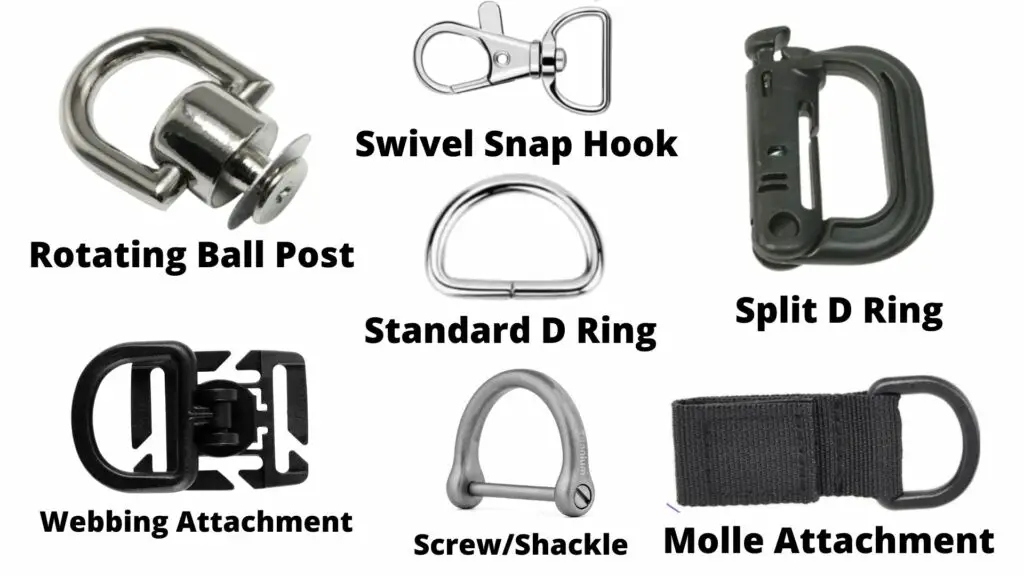
Most people are a familiar with the standard metal or plastic D Ring, but there are a wide variety of styles that you can find on your pack. As a general rule, you should use standard D Rings for hoisting/attaching heavy gear and other styles for lightweight static attachments.
- Standard Metal or Plastic D Ring: Most backpacks use a standard metal or plastic D Ring attached to fabric straps located throughout the pack. These are a convenient way to attach carabiners, bungee cords, ropes, etc. so you can strap gear onto your pack. These are the strongest design allowing you to run a line through the center to support a moderate load..
- Screw/Shackle D Ring: Screw/Shackle D Rings have a removable post running through the attachment point. These are a hybrid between the standard and split style D ring. You can open them like a split design, but they’re stronger so they can support a moderate load.
- Split/Open D Ring: Split D Rings open and close just like carabiners. They’re great for attaching lightweight accessories to your pack without using a separate carabiner or attachment guy line. Don’t use these to hoist your pack, because they can only support a light static load.
- Molle Attachment D Ring: Tactical backpacks sometimes have molle panels, which allows you to use molle attachments. Molle attachment D rings loop through the molle panel so you can attach lightweight gear to your pack. Most of them use a velcro attachment point so only use these for lightweight applications.
- D Ring With Swivel Snap Hook: My backpack has a small D Ring attached to a swivel snap hook on the hip belt. They either use a lobster clasp (pictured above) or small plastic/metal buckle to attach lightweight items. I have a compact multitool attached to mine, but you can attach water bottles, car keys, or any other small item.
- Rotating Ball Post: These are rarely used on backpacks since they have to be run through the fabric body. I have a rotating post on the side of my camera backpack, but I’ve never seen them on hiking or tactical backpacks.
- Webbing Attachment D Ring: These run through your backpack webbing (aka thin fabric straps) and can be moved up or down your pack. I use my webbing attachment D ring to secure my hydration bladder tube to my shoulder straps.
How To Use D Rings On A Backpack
Now that you have an idea of the different types of D rings, lets take a look at how you can use them.
1. Attach Gear To The Outside Of Your Backpack
Most people use their backpack’s D Rings to attach gear to the outside of their pack. Any item that won’t fit inside your backpack needs to be secured somewhere. Use your D Rings to attach a carabiner, hook, bungee/shock cord, guyline, etc. to secure gear on your bag.
D rings that are found on the shoulder straps or hip belt are a convenient place to store regularly used items. This is where I clip anything that I want to keep within arms reach, without storing it inside an easy access pocket.
I have a cheap survival whistle, clip on flashlight (Streamlight Nano Light), and carabiner compass attached to the D ring on my shoulder strap and water bottle attached to my hip belt. Some people also attach sunglasses, hats, hiking umbrellas, etc. to these D rings.
Heavy/Bulky gear needs to strapped on attachment points located on the back, top, or bottom of your pack. This is a great place for trekking poles, bear canisters, foam sleeping pads, and other random accessories. Anything that you don’t need to quickly grab should be strapped on the back of your pack.
Just remember that anything that you attach to the outside of your pack can get damaged or lost. It’s easy to snag gear on branches when you’re trying to navigate through technical terrain.
2. Attach A Carabiner To Hoist Your Backpack
You can also use a D Ring attached to a guy line to help hoist up your bag up a steep hill or rock face. This is common in the climbing and technical backpacking community. Trying to scramble up a technical hill or climb a rock face with a heavy backpack can be a challenge. A shifting pack can throw off your balance causing you to lose your footing.
Consider running a guyline through your D rings and hoisting your pack up once you reach the top. Just be careful when trying to choose D rings to hoist your pack. I recommend distributing the weight across multiple attachment points to reduce the risk of damaging your pack.
Backpackers can also use their D Rings to hoist their pack up as a makeshift bear bag. Most experienced backpackers carry a separate bear canister or bag for food, but ultralight guys tend to prefer hoisting their pack. Just loop a guyline through the D Ring, toss the line over a branch, and hoist your bag up into the air.
3. Secure A Hydration Hose
Backpacks with hydration compartments usually have a D Ring somewhere on the shoulder strap to attach your hydration hose. There may also be a small clip or loop to run your tube. A D ring secures the hydration hose in place while giving you easy access. Reach up to grab a drink and it’s secure enough to prevent it from flopping around during your hike.
My hydration pack has a small magnetic clip that attaches to my D Ring, but you can also attach a carabiner or Velcro cinch strap to secure the tube to a D Ring.
Some people run the hose straight through the D Ring, but that usually forces you to remove the bite valve. That would be a pain whenever you need to refill the hydration bladder. It’s possible to refill the bladder without removing the tube, but you run the risk of pulling your pack into the water source.
Location and Position Of D Rings (Consider Pull Direction)
As I discussed above, the function of your D ring will depend on its location and position on your bag. D Rings are usually sewn into a sturdy piece of fabric or on the webbing straps.
Where the fabric attaches to the ring determines the pull direction. Pull up when the fabric is below the d ring, and down when it’s above. Pulling away from the reinforcement point could cause your D ring to rip off the pack.
It’s important to note that the location of the D ring will determine where the pulling weight originates. Try to keep heavy gear near your center mass and longer narrow gear on the sides of your pack. I usually put longer items (trekking poles, umbrellas, etc.) on the sides, big bulky gear on the top/bottom, and heavy awkward gear on the back.
